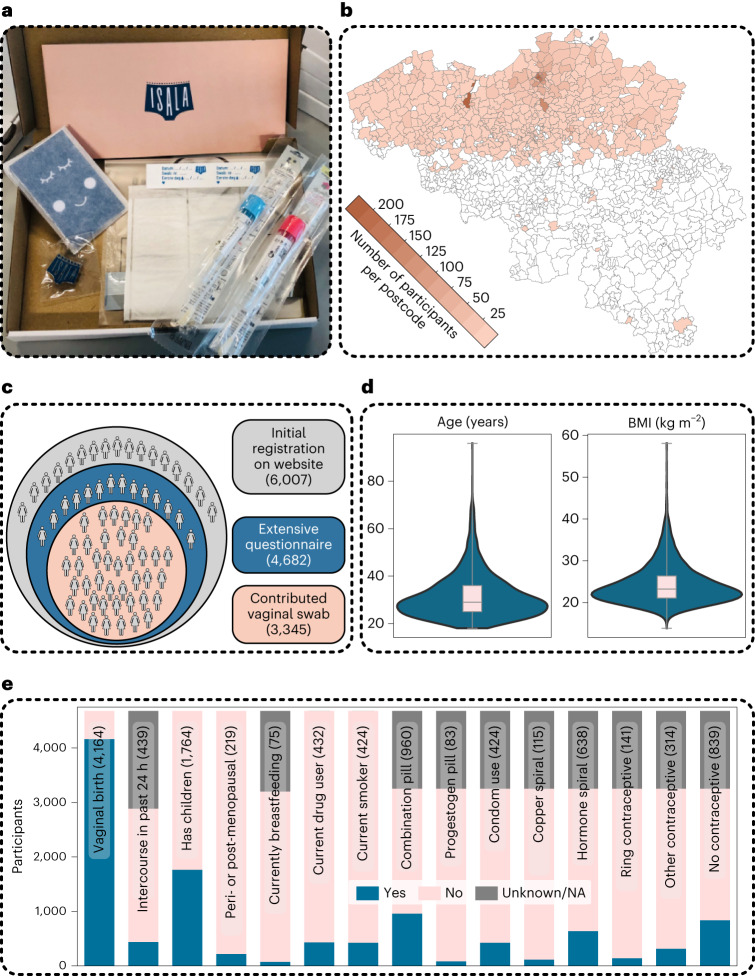Fig. 1. Characterization of the Isala study cohort and key physiological, behavioural, lifestyle and environmental factors of the participating women.
a, The self-sampling kit sent to the participants via the national postal service. b, Geographical overview of the participants who sent in samples for this project, by overlaying their zip codes on a map of all Belgian municipalities. Darker colours represent higher numbers of participants with that specific zip code. As only participants who understood Dutch were allowed to participate, most participants were from the Northern part of Belgium. c, An overview of the population cohort that registered within 10 days after the first announcement, with their different citizen-science roles in the Isala project: minimal involvement by expressing online interest as potential donor via website and answering five questions on age, pregnancy, contraceptive use, country of living (for the past 3 years) and zip code (grey), partial involvement by filling out the extensive survey (blue) and full involvement as donors with 24-h follow-up survey (pink). d,e, The distribution of a selection of the survey variables: age and BMI (median and interquartile range (IQR) represented by the boxplot within the violin plot where the whiskers represent the distribution minima and maxima, n = 4,682) (d), reported contraceptive use of the whole cohort and a subset of the binary variables (e). The grey segments indicate participants who either did not know the answer to the question or did not respond to the second survey. The exact number of participants who answered ‘yes’ is included between brackets. NA, not applicable.

